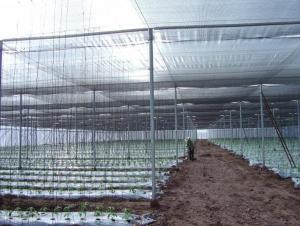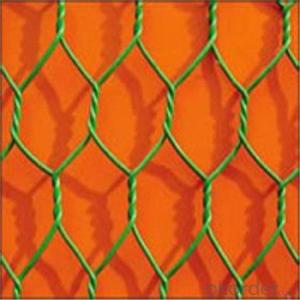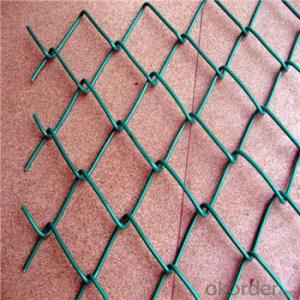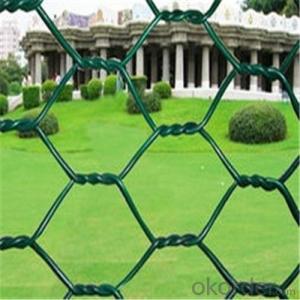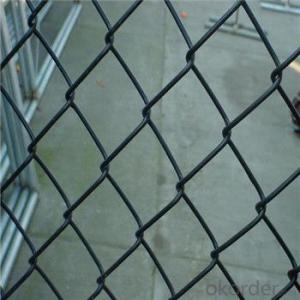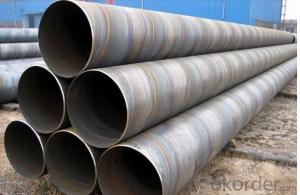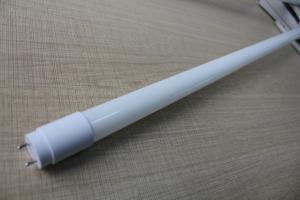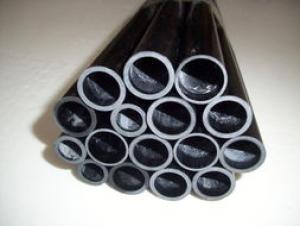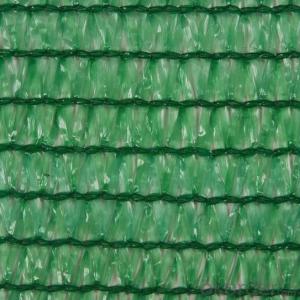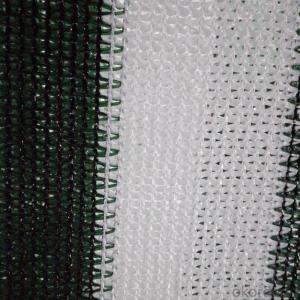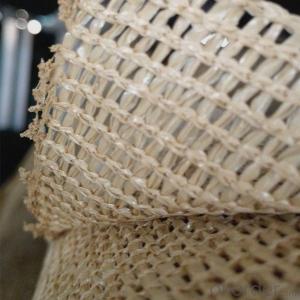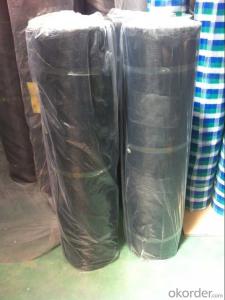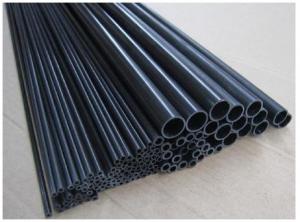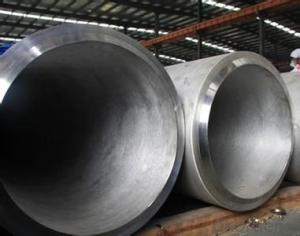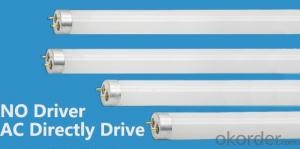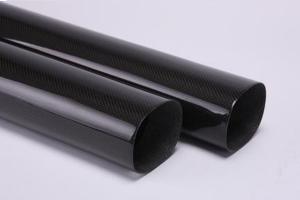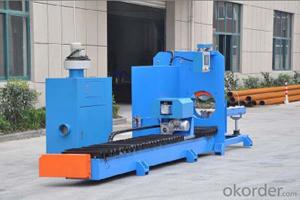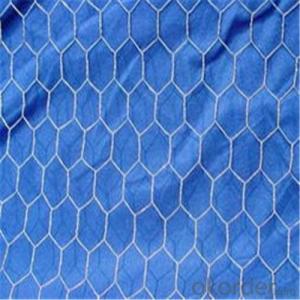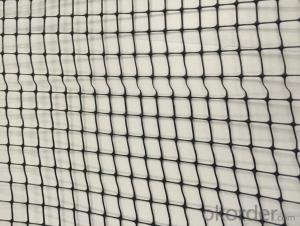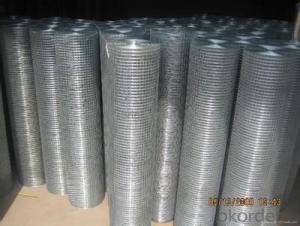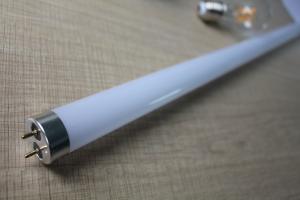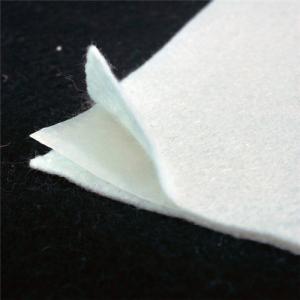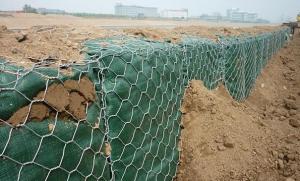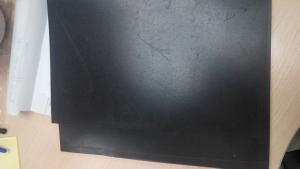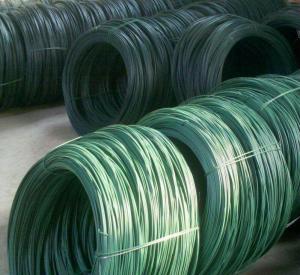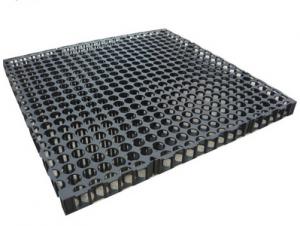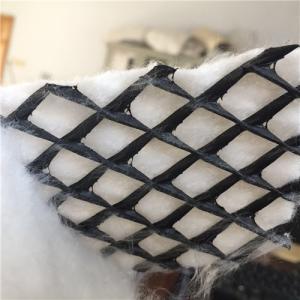Poly Tube Netting
Poly Tube Netting Related Searches
Chicken Wire Stainless Steel Aluminium Modelling Mesh Plastic Garden Netting Uk Plastic Safety Netting Rigid Plastic Netting Plastic Deer Netting Raschel Mesh Poly Tube Netting Barrier Fence Netting Protective NettingHot Searches
Sun Chairs For Sale Garden Slabs Sale Garden Bench Sale Wire Netting Prices Garden Supply Company Catalog Local Garden Supply Stores Shade Netting Manufacturers South Africa Agricultural Netting Suppliers Used Electrical Wire For Sale Watch The Wire Online Season 4 Watch The Wire Free Online Watch The Wire Remastered Online Used Hotel Furniture Online Wire Netting Prices Wire App Store Shade Netting Manufacturers South Africa Agricultural Netting Suppliers Aluminium Wire Mesh Manufacturers India Wire Netting Prices Lighting Supplier SingaporePoly Tube Netting Supplier & Manufacturer from China
Okorder.com is a professional Poly Tube Netting supplier & manufacturer, offers integrated one-stop services including real-time quoting and online cargo tracking. We are funded by CNBM Group, a Fortune 500 enterprise and the largest Poly Tube Netting firm in China.Hot Products
FAQ
- There are several types of geosynthetic reinforcements commonly used for bridge abutments. These include geotextiles, geogrids, and geocells. Geotextiles are permeable fabrics that are used to separate, filter, reinforce, or drain soil. Geogrids are geosynthetic materials with open apertures that provide soil reinforcement and increase the stability of the abutment. Geocells are three-dimensional honeycomb-like structures made from high-density polyethylene that provide confinement for soil and improve load-bearing capacity. These geosynthetic reinforcements are used to enhance the performance and longevity of bridge abutments.
- The cost implications of using earthwork products can vary depending on factors such as the specific product used, the quantity required, and the project's scale and complexity. Generally, earthwork products like soil, gravel, and fill materials tend to be more cost-effective compared to other construction materials. They are often readily available and can be sourced locally, reducing transportation costs. Additionally, earthwork products can be recycled or repurposed, further reducing expenses. However, there may be additional costs involved in excavation, grading, and compaction processes to prepare the site for using these products. Overall, using earthwork products can offer cost advantages but should be carefully assessed in relation to the project's specific requirements.
- Geosynthetic panels can be used in canal lining projects as a cost-effective and efficient solution for preventing water leakage and erosion. These panels are designed to provide a strong barrier against seepage and can be installed quickly. By using geosynthetic panels, canals can be effectively lined, ensuring their longevity and minimizing maintenance requirements.
- I am now reading materials science and engineering, when the entrance examination, then you can report civil engineering professional?
- It can be. But it is best to choose the relevant direction of civil engineering materials.
- The purpose of using geotextile tubes in dredging projects is to provide efficient and effective dewatering and containment solutions. These large, fabric tubes are filled with sediment and water from the dredging process, allowing the water to drain out while retaining the solid material. This helps to separate and consolidate the dredged material, making it easier to dispose of or repurpose. By using geotextile tubes, dredging projects can minimize environmental impact and manage sediment in a controlled manner.
- There are several types of culverts, including box culverts, pipe culverts, arch culverts, and bridge culverts.
- Yes, earthwork products are suitable for use in pipeline construction. These products, such as backfill materials and geotextiles, are commonly used to provide stability, support, and protection to pipelines. They help to prevent soil erosion, provide a stable foundation, and minimize the risk of damage to the pipeline. Additionally, earthwork products can also offer environmental benefits by reducing the need for excavation and improving soil conditions during pipeline installation.
